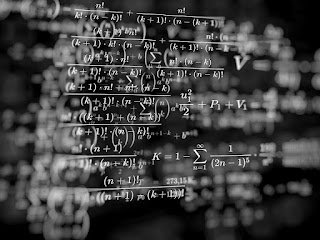Physics plays a crucial role in understanding arrow flight and trajectory, as it provides the fundamental principles governing the motion of objects through space. The flight of an arrow can be described and predicted using various physical concepts and equations.
One of the most fundamental principles in understanding arrow flight is Newton's laws of motion. The first law states that an object at rest will remain at rest, and an object in motion will continue in motion with a constant velocity unless acted upon by an external force. In the context of archery, when an archer releases the arrow, it will continue to move forward with a certain initial velocity until air resistance and gravity start acting on it.
Air resistance, also known as drag, is a significant force that opposes the forward motion of the arrow. Understanding aerodynamics and fluid mechanics helps explain how air resistance affects the arrow's trajectory. The arrow's shape, surface area, and velocity influence the magnitude of drag, which can cause the arrow to slow down and deviate from its intended path.
Gravity is another crucial factor affecting arrow trajectory. The force of gravity acts vertically downward, causing the arrow to follow a parabolic trajectory. Projectile motion equations, derived from basic kinematics, allow us to predict the arrow's vertical and horizontal displacements over time, enabling archers to adjust their aim and make accurate shots.
Moreover, the concept of the center of mass is essential in understanding arrow stability during flight. The arrow's center of mass must be aligned with the arrow's aerodynamic center to ensure it maintains a stable flight path. If the center of mass is off-center or improperly balanced, the arrow may wobble or tumble mid-flight, leading to unpredictable and inaccurate trajectories.
Additionally, understanding the elasticity of the bow and the potential energy stored in it is vital for determining the arrow's initial velocity. The bow's draw weight, draw length, and the archer's technique influence how much energy is transferred to the arrow upon release, affecting its flight characteristics.
In conclusion, physics plays a central role in understanding arrow flight and trajectory. Concepts such as Newton's laws, aerodynamics, fluid mechanics, projectile motion, and center of mass provide valuable insights into the forces and factors affecting the arrow's path. By applying these principles, archers can improve their accuracy, optimize their equipment, and ultimately enhance their performance in archery.
Photo: Pixabay (free)

No comments:
Post a Comment
Thanks for your comment.